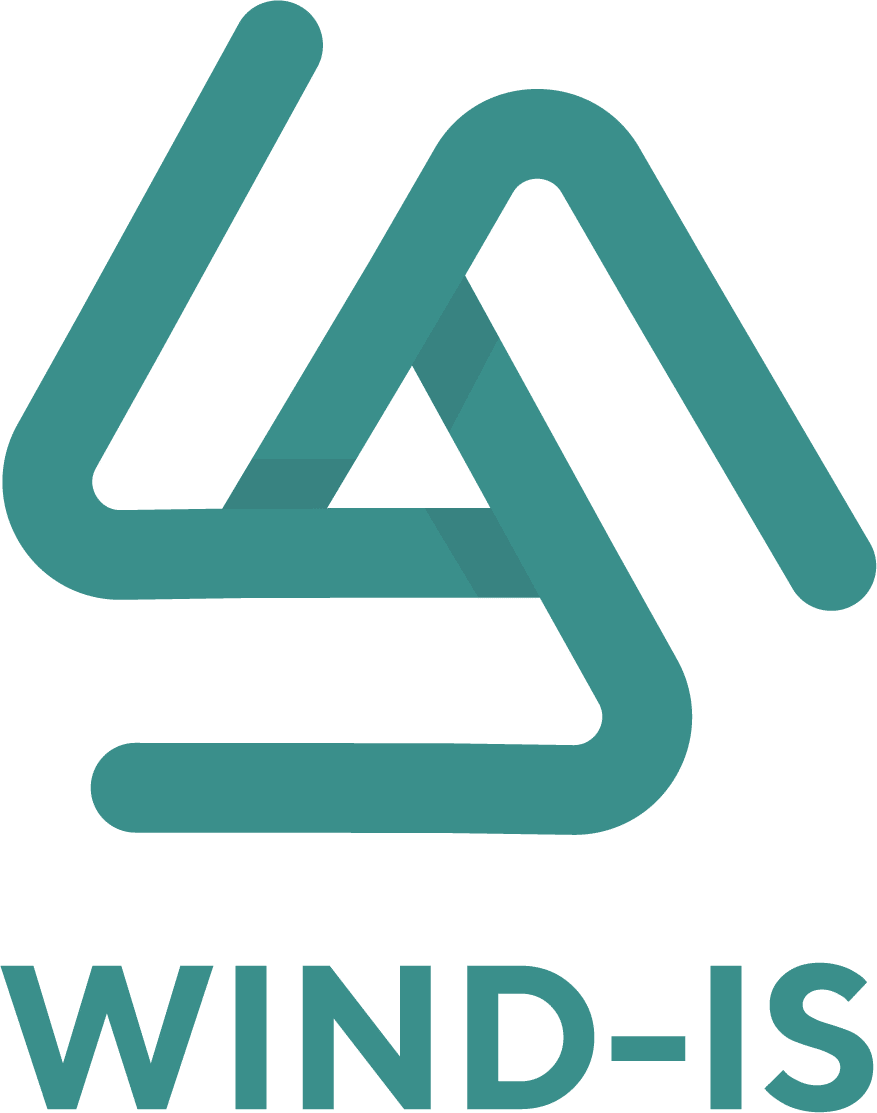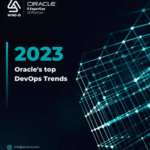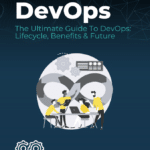Managing competitive IT environments and separate solutions can present a challenge for businesses. Especially in today’s competitive business landscape where innovation is not just an option but a necessity.
This is where Oracle Platform as a Service (PaaS) can offer significant benefits. Using this computing model businesses can streamline your IT environment. It can also improve collaboration, while also increasing efficiency and enhancing security.
By simplifying application development and deployment, Oracle PaaS can help your business focus on innovation and growth while also keeping costs under control.
Read this article to discover how to achieve this equation:
1- What is PaaS?
PaaS, platform as a service. It is a cloud computing model where a third-party provider delivers a platform to users over the internet.
The distinctive thing about this model is that the provider manages the underlying infrastructure, such as servers, storage, and networking. So that developers can focus on building and deploying applications effectively.
With PaaS, developers can access complete software development tools, including frameworks, libraries, databases, and other tools.
PaaS offers a scalable and flexible platform. It allows developers to quickly build and test applications. They will not worry about server maintenance or infrastructure management.
PaaS empowers developers to focus on their applications’ logic and functionality. Here comes the provider turn, such as Wind-IS, which takes care of the underlying infrastructure and platform.
This gives rise to the next crucial question:
2- What are the main uses of PaaS?
PaaS presents a world of possibilities for developers allowing them to navigate through a dynamic landscape and explore new possibilities with the following uses.
Here are some of its main uses:
Application Development: It offers a dedicated development environment equipped with tools, libraries, and frameworks. This all-in-one solution enables developers to create, test, and deploy applications with remarkable efficiency. They can focus solely on streamlining the development process.
Web Hosting and Deployment: PaaS streamlines the web application hosting process for developers, offering automatic scaling to handle fluctuations in traffic and demand effortlessly. Its integrated features are specifically designed to seamlessly deploy web applications, databases, and various other services, eliminating the common complexities associated with infrastructure management.
Scalability: PaaS offers auto-scaling solutions, meaning applications can adjust their resources in real-time based on traffic. This ensures a responsive and high-performing application, even during peak loads.
Integration and API Management: PaaS offers seamless integration with various services and APis, making it easy to connect and use external services within applications.
Database Management: Managed database services are a common feature provided by PaaS. They take care of essential database administration tasks, including backups, scaling, and performance tuning freeing developers from manual database management.
Security and Compliance: PaaS provided a high level of security compared to traditional on-premises solutions. It offers robust features and compliance measures to protect applications and data from unauthorized access, providing peace of mind for businesses and their valuable information.
Continuous Integration and Continuous Deployment (CI/CD): PaaS platforms support CI/CD pipelines, automating code integration, testing, and updates deployment to production environments.
Internet of Things (IoT) Solutions: PaaS facilitates the development, deployment, and management of IoT applications and services. It offers essential infrastructure, data processing capabilities, and seamless integration with IoT devices and sensors.
3- What is the difference between PaaS & SaaS?
In cloud computing, there are different cloud computing Categories. PaaS (Platform as a Service) and SaaS (Software as a Service) are the most used. Let’s discover the main differences between them:
The most significant difference is that PaaS provides the tools required to assist a business in creating and managing its own workload. SaaS provides a completed workload.
This table demonstrates the main differences between them:
PaaS | SaaS |
PaaS from Wind-IS includes operating systems, middleware (such as databases), and other runtimes in the cloud environment. | SaaS from Wind-IS provides a whole application stack. Users simply log in and use the application, which is entirely hosted by Wind-IS. |
Developers can use PaaS to have access to comprehensive software development tools such as frameworks, libraries, databases, and other tools. | The application workload and all underlying IT resources are managed by Wind-IS; users only have access to the data generated by the SaaS application. |
PaaS gives users access to a variety of connected software or tools designed to assist businesses in carrying out difficult tasks. | SaaS provides access to a completed application or task. |
PaaS can eliminate a whole toolset from the internal data centre, thus reducing the organization’s IT burden. | SaaS makes it unnecessary for a business to acquire, deploy, and maintain that application internally, allowing the company to minimize its internal IT footprint. |
4- What can your business get when applying PaaS?
“Organizations using PaaS strategies have achieved operational savings of up to 50%”
Besides cost savings, your business will get many benefits such as:
- Elimination of redundant tasks between teams.
- PaaS allows your company to build and execute apps more quickly and easily.
- PaaS provides agility for your business that ensures balance, control, and flexibility.
- With PaaS, you can deploy environments for testing, production, and development.
- PaaS aims to better match supply and demand.
- Offering new paths to the insights of your business.
- What are the best practices for purchasing and assessing PaaS?
Success in transition to PaaS is basically dependent on your business requirements. That’s why you must choose reliable PaaS providers such as Wind-IS.
Here are the best practices for purchasing and assessing PaaS, specifically for Oracle PaaS:
Define your requirements: Clearly identify your organization’s specific needs and goals for using Oracle PaaS. Determine the functionalities, scalability, and integration capabilities required.
Evaluate different PaaS providers: Research and compare multiple Oracle PaaS offerings. You must understand their features, limitations, and support options. Consider factors like performance, security, availability, and pricing models.
Assess security measures: Check the security features provided by Oracle PaaS. Check data encryption, access controls, and compliance certifications. Consider any specific security requirements your organization may have and ensure they can be met.
Evaluate integration capabilities: Assess the integration capabilities of Oracle PaaS with other systems and services used within your organization.
Consider scalability and performance: Review the scaling options available within Oracle PaaS. You must ensure it can handle your organization’s growth and workload requirements. Evaluate performance metrics to understand the platform’s reliability and responsiveness.
Understand pricing models and cost management: Analyse the pricing models offered by Oracle PaaS. Then you can assess their suitability for your organization’s budget and usage patterns.
Oracle PaaS with Wind-IS
WIND-IS is using new experience to an extraordinary level by providing clients with actual business data.
We aim to build a 360-degree view of performance and form clear KPIs using Oracle PaaS components.
We track the application and deployment of the designed portals and use test cases to generate informative dashboards.



